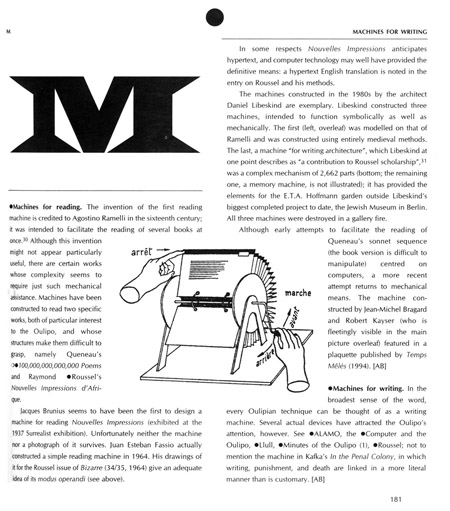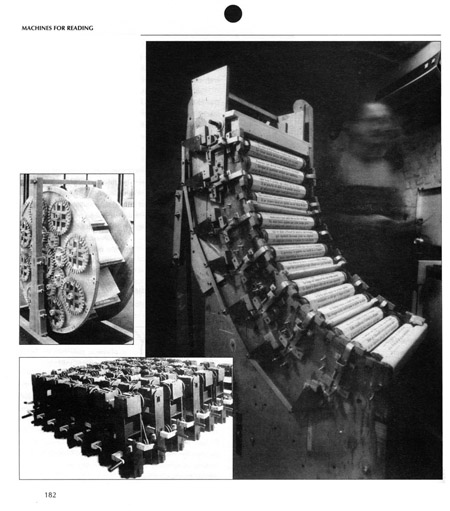“. . . I suppose, though, it’s just another expression of the inherent sadness of sound, of sound’s defective essence; after all, sound is so perishable: it’s no more than a nudging of air, a fragile sequence of crests and troughs – soft, ripply, rounded like Mallomars, and perilously dependent on its medium; it’s so different than light, which has hardness, and beaminess, and eternality; sound just dissolves, it radiates away into emptiness, resolving its curves into formlessness and passing through the atmosphere into directionless space; and this, too, is a sadness; for so much is lost; so much is lost; in fact, I can practically see the process happening right now, standing where I am – up here, on the roof; for up here, on my roof, looking towards the darkening sky, I can almost see the world’s endless dusts of sound silently dispersing – all of them powerlessly unfurling against the distant clouds, dissolving into the leveling night . . . ; and so, up here, with darkness descending, and with the breeze at my back, I plant my feet against the edges of a few sturdy slates, and get back to work, wondering what new things I’ll be able to pull in, with my antenna, so well anchored:”
(Evan Dara, The Lost Scrapbook, p. 58.)


